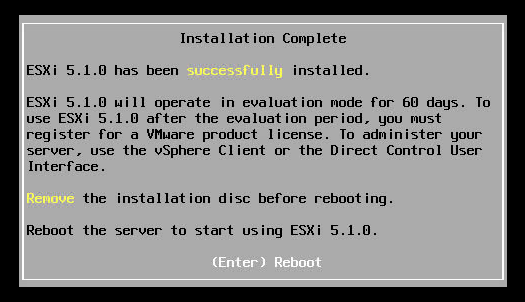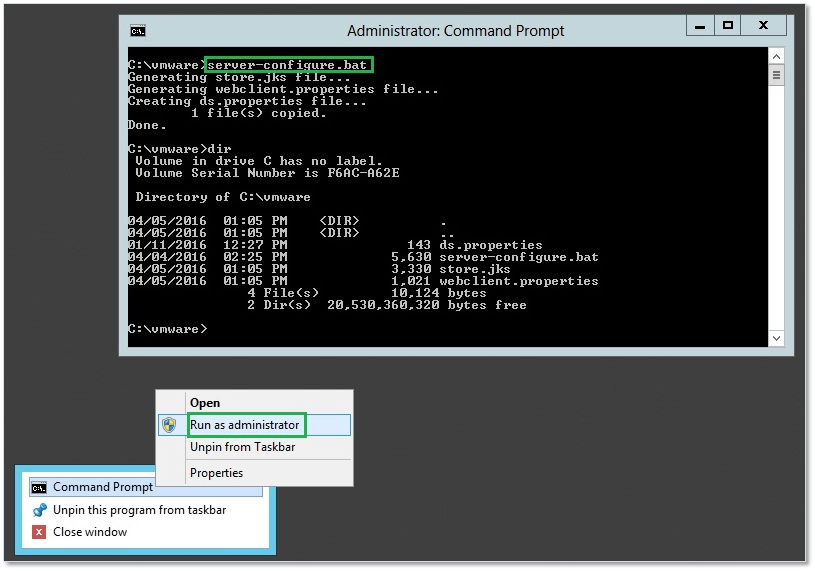Vmware Esxi 5.1 Iso 2017 - Full Version
VMware vSphere customers often rely on custom VMware ESXi images from server OEM partners, such as Cisco, Dell, and HPE, to ensure support for the specific devices that each of those manufacturers include with their hardware. This arrangement makes initial deployment easier, because all the required storage and I/O drivers are included, but often causes confusion when it comes to keeping up to date with the latest security patches published by VMware.
Downloading Dell Customized VMware ESXi 6. 31 Jan 2017 8:32. Here is the direct link to download Dell customized ESXi 6.0 ISO & offline bundle A00 version. This is Dell Customized Image of VMware ESXi 6.5 Dell Version. Driver Details. Activate or otherwise use the Software and must promptly return for a full.
Since OEM partners typically only update custom images in conjunction with significant ESXi version releases or updates, vSphere admins must patch those custom images if security vulnerabilities arise. A great resource for quickly reviewing available ESXi patches and build numbers is. Download applicable patch bundles from. PowerCLI enables admins to keep contents of an image profile up to date with the latest patches while still benefiting from the OEM images that contain hardware-specific device drivers.
But selecting individual packages, known as VIBs, can be a daunting task for the uninitiated. Fortunately, there’s a straightforward way to assemble an updated image: In a PowerCLI session, add both the OEM and VMware software depots, clone the OEM profile, and update it with the following command. Set -ESXImageProfile $ClonedProfile -SoftwarePackage ( Get-ESXSoftwarePackage -Newest ) This is the simplest way to keep OEM images up to date with the latest VMware ESXi patches. Don’t forget to export the resulting image profile to a zip or ISO file for subsequent use. Advanced VMware ESXi Image Profile Creation and Comparison For those interested in a more full-featured approach to image creation, I’m pleased to share a pair of PowerCLI scripts that provide more automation, as well as detailed information about the contents of your ESXi image profiles.
These scripts may be found on the repository, and are not officially supported by GSS. Is a wrapper around the Image Builder commands that takes care of some of the additional tasks typically required when creating custom images. Things like mounting depot files, and excluding or including specific VIBs are all handled with ease.
An advanced option gives admins the ability to select the latest VIBs by dates and not just by version number, for scenarios that warrant such fine-grained tuning. And finally, the resulting image can be written to ISO and/or zip image for use in your deployment workflows. Shows exactly what the differences are between two or more profiles. The results can be viewed in the console window, in a GUI, or exported to CSV for safekeeping. An interactive option and profile name include/exclude filters help whittle the selection down to exactly what you’re looking for. Now you can confidently see every difference to know exactly what is changing in your ESXi image when applying patches! Example VMware ESXi Image Management Use Cases In the following section, I will go over a few sample workflows for image creation and show the resulting comparison output, using the -Grid option.
Latest Version Of Vmware Esxi
VMware ESXi 5.5 with Cisco UCS Update the most recent Cisco custom image for ESXi 5.5 (U3b from December 2015) with the latest VMware patches and updated Cisco async drivers for enic and fnic devices. Exclude the tools-light VIB to optimize for Auto Deploy. Esxi -image -creator.
Ps1 -NewProfileName Cisco5.5 OEM with express patch 11 -WriteZip -Files Vmware-ESXi -5.5.0 -3248547 -Custom -Cisco -5.5.3.2 -Bundle. Zip, ESXi550 -201703001. Zip, enic -2.3.0.13 -offlinebundle -5367272. Zip, fnicdriver1.6.0.28 ESX55 -offlinebundle -4179470.
Zip VMware ESXi 6.0 with Dell PowerEdge Integrate the most recent Dell ESXi 6.0U3 image, which has already been updated by to include the latest express patch 7a (5224934), with NSX VIBs and remove VMware Tools for use with Auto Deploy. Esxi -image -creator. Ps1 -LeaveCurrentDepotsMounted -NewProfileName ESXi6.5.0d with HPE drivers -Files ESXi650 -201704001.
Zip -Acceptance PartnerSupported Public VMware Image Profile Repository Do not attempt to use the public VMware image profile repository to create a custom image, as it contains many different versions of image profiles and the resulting Frankenimage will likely be entirely unusable. However, if you would like to generate a spreadsheet comparing every VMware ESXi release, try this.
Introduction This document describes how to upgrade the Elastic Sky X Integrated (ESXi) hypervisor from version 5.5 to 6.x via Command Line Interface (CLI). ESXi is one of the hypervisor preferred by the customers in virtualization and is also the preferred hypervisor by Cisco for multiple platforms that include all Unified Communications infrastructure, SourceFire and several other servers that run on top of a virtualized environment. Prerequisites Requirements Cisco recommends that you have knowledge of these topics:. Unified Computing System (UCS) with VMware ESXi hypervisor version 5.5. Terminal access to ESXi hypervisor.
Access to Cisco Integrated Management Controller (CIMC) web page on a java-enabled browser Components Used The information in this document is based on these software and hardware versions:. Unified Computing System C460. ESXi hypervisor version 5.5. Firefox browser. The information in this document was created from the devices in a specific lab environment. All of the devices used in this document started with a cleared (default) configuration.
If your network is live, make sure that you understand the potential impact of any command. Background Information VMware published the deadlines for the End of General Support and End of Technical Guidance for ESXi 5.5: It is a good practice to upgrade the virtualized infrastructure to ESXi 6.0 and 6.5. Configure Upgrade process via CLI: Step 1. Shutdown the virtual machines (VMs) that run on the ESXi server to be upgraded. Place the ESXi server in Maintenance Mode. This helps turn off any critical service that the hypervisor runs and allows the server to upgrade.
You can use vSphere Client: Or CLI. In order to do so, run the command: vim-cmd /hostsvc/maintenancemodeenter Step 3. Modify ESXi firewall to allow outgoing Hyper Text Transfer Protocol (HTTP) connections.
Since the VMware servers will be queried for the actual upgrade file, HTTP(S) outgoing connections from the ESXi server must be allowed. You can use vSphere Client: Or CLI. IN order to do so, run the command: esxcli network firewall ruleset set -e true -r httpClient Step 4.

Query VMware servers for the upgrade versions available. Now all upgradeable versions can be listed to determine which one will be used, to do this, run the command: esxcli software sources profile list -d grep ESXi-6 This lists all the upgradeable versions.

The no-tools version can select in case the upgrade of the vmware tools is not required, otherwise, the standard upgrade version can be used. Select the version to upgrade and start the upgrade process.
Once the exact version to upgrade is decided, the upgrade process can start with the command: esxcli software profile update -d -p ESXi-6.0.0-1-standard Step 6. Reboot the server.
After the upgrade process completes, a reboot of the server is required for the new version to take effect. Run the command: reboot Step 7. Exit Maintenance Mode. Once the ESXi host is back online, exit from the Maintenance Mode to resume all VM operations. You can use vSphere Client: Or CLI.
In order to do so, run the command: vim-cmd /hostsvc/maintenancemodeexit Verify Use this section in order to confirm that your configuration works properly. To verify that the upgrade was completed successfully, you can use vSphere client. Navigate to the ESXi host and the new version can be seen at the top.
In order to do so, run the command: vmware -v Troubleshoot There is currently no specific troubleshooting information available for this configuration.